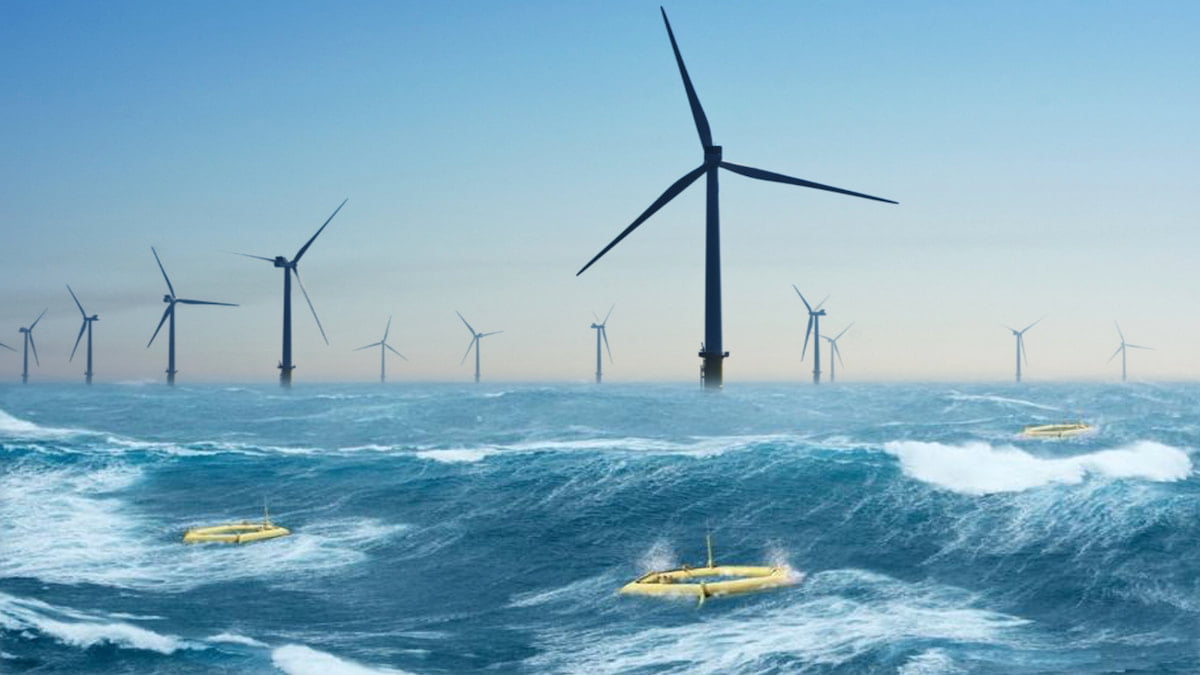Table of Contents
Introduction
The vast expanse of the world’s oceans holds a multitude of wonders, and among them is the fascinating phenomenon of ocean waves. These waves, generated by various forces such as wind, earthquakes, and underwater landslides, play a crucial role in shaping the dynamics of our planet. One common question that arises is, “In which direction does wave energy travel in the ocean?” In this article, we will delve into the intricacies of ocean waves, exploring the factors influencing their direction and shedding light on the underlying principles governing their movement.
Understanding the Basics
Ocean waves are essentially the transfer of energy through the water. This energy is transmitted in the form of oscillations or disturbances, causing the water particles to move in circular orbits. Contrary to popular belief, the water itself doesn’t travel with the wave; instead, it’s the energy that propagates through the water medium.
Directional Forces
1. Wind-driven Waves:
The predominant force behind the majority of ocean waves is the wind. When wind traverses the water surface, it imparts its energy, creating ripples that evolve into waves. The direction in which these waves travel aligns closely with the direction of the wind. For example, if the wind blows from the north, it generates waves that propagate southward. This relationship between wind direction and wave direction is fundamental to understanding the behavior of ocean waves.
It’s important to note that the fetch, or the distance over which the wind blows, also plays a significant role. A more extended fetch allows waves to build and gather more energy, resulting in larger and more powerful waves.
2. Seismic Activity:
Earthquakes and underwater landslides can unleash potent waves known as tsunamis. Unlike wind-driven waves, tsunamis can traverse entire ocean basins, covering vast distances. The direction of tsunami waves is determined by the location and orientation of the seismic activity that triggered them. This makes tsunamis unique in their ability to propagate over great distances with minimal energy loss.
3. Tidal Forces:
Tidal forces, driven by the gravitational pull of the moon and the sun, contribute to the formation of tidal waves. These waves follow the gravitational forces, and their direction depends on the relative positions of the Earth, moon, and sun. Tidal waves are characterized by a rhythmic rise and fall, aligning with the ebb and flow of tides. The cyclical nature of tidal forces results in predictable patterns of wave movement along coastlines.
4. Local Factors:
Coastal geography, underwater topography, and local wind patterns can exert influence over the direction of waves near shorelines. Coastal features such as bays, headlands, and islands can cause waves to refract, diffract, or reflect, altering their direction. The shape and depth of the ocean floor also play a role in shaping wave patterns close to the coast.
Ocean Currents
The movement of ocean currents is intricately connected to the direction of wave energy. Surface currents, driven by the wind, can impact the propagation of waves. Waves can travel parallel to the direction of the current, against it, or at an angle, depending on various factors such as current speed and depth.
Ocean currents can act as both facilitators and obstacles to wave energy. When waves travel in the same direction as the current, they can gain additional energy and height, creating more substantial waves. Conversely, when waves move against the current, they may encounter resistance, leading to a decrease in wave height.
It’s essential to consider the complex interaction between ocean currents and waves, especially in regions where these currents are strong and influential. The relationship between currents and waves plays a crucial role in coastal dynamics, affecting erosion, sediment transport, and the overall health of marine ecosystems.
Conclusion
In conclusion, the direction in which wave energy travels in the ocean is a multifaceted phenomenon influenced by a myriad of forces. The wind, seismic activity, tidal forces, and local factors all contribute to the intricate dance of waves across the vast expanses of our oceans. Understanding these forces and their interplay is not only of academic interest to oceanographers and meteorologists but also holds practical implications for coastal communities and industries directly impacted by the energy carried by ocean waves.
As we continue to explore and study the complexities of ocean dynamics, we gain valuable insights into the intricate web of interactions that shape our planet’s most expansive and awe-inspiring feature—the mighty oceans. The quest to comprehend the direction of wave energy in the ocean is ongoing, driven by a collective curiosity to unveil the mysteries of our planet’s dynamic and ever-changing marine environment.

